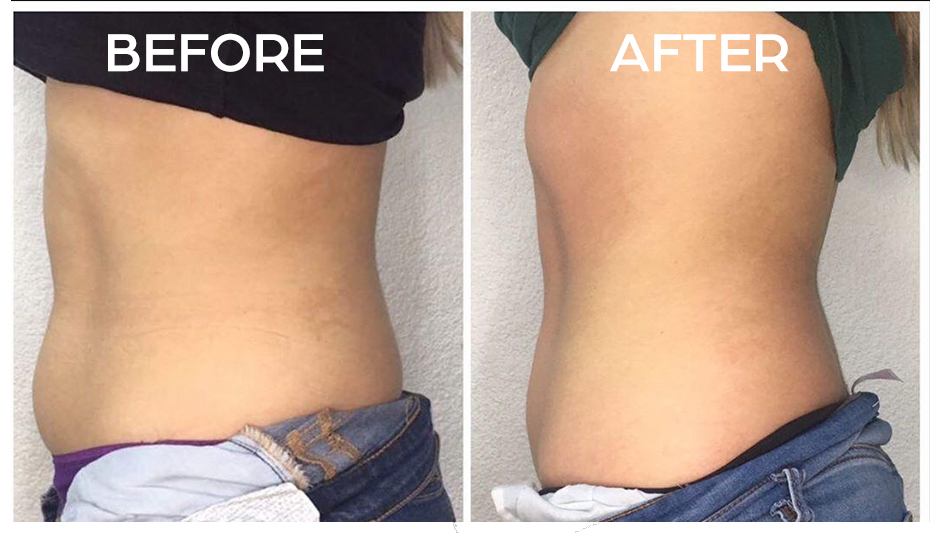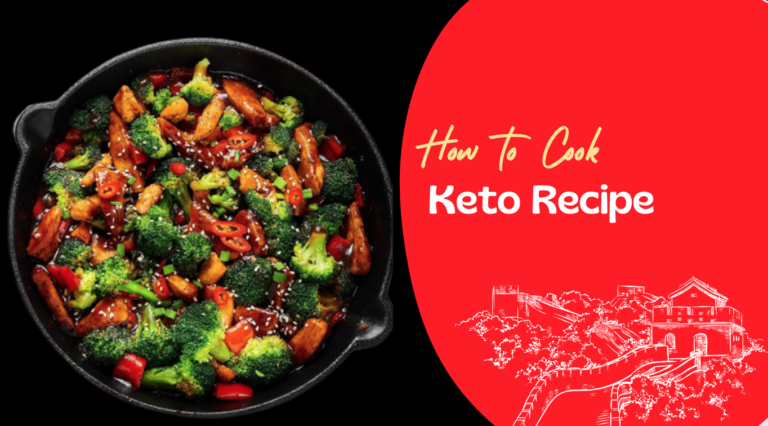Freeze Away Those Extra Pounds with Cryotherapy for Weight Loss
Do you ever wish you could step into an icy chamber, freeze away your unwanted body fat, and emerge with a slimmer figure? Well, believe it or not, cryotherapy for weight loss might just make that dream come true! This unconventional approach has recently gained popularity as a quick and effective method for shedding excess pounds.
By subjecting your body to subzero temperatures during brief sessions lasting only 2-3 minutes, cryotherapy is said to trigger numerous physiological responses that lead to increased calorie burn and accelerated fat loss. If you’re intrigued by this chilly concept, keep reading as we explore the science behind cryotherapy for weight loss.
What is Cryotherapy?
Cryotherapy is a therapeutic technique that involves exposing the body to extremely cold temperatures for a short duration. This treatment is typically administered through various methods, including whole-body cryotherapy and localized cryolipolysis. Whole-body cryotherapy entails immersing the body in a cryotherapy chamber or cryosauna, where temperatures drop to as low as -200°F (-130°C) for a few minutes.
Localized cryolipolysis targets specific body areas with controlled cooling to freeze and eliminate fat cells. Cryotherapy is believed to have a range of potential benefits, including pain relief, reduced inflammation, improved muscle recovery, and, in some cases, weight loss. It has gained popularity in recent years for its supposed health and wellness advantages.

Does Cryotherapy really help with weight loss?
Yes, cryotherapy has gained popularity as a weight-loss method, but does it actually work? The answer is yes. However, it is not a magical solution to shedding those extra pounds. Cryotherapy involves exposing the body to extremely cold temperatures for a short period of time, usually around 2-3 minutes. This causes the body to go into survival mode, which increases metabolism and triggers fat burning.
But here’s the catch – cryotherapy alone is not enough to achieve significant weight loss. It can be viewed as a complementary treatment rather than a standalone solution. In fact, studies have found that combining cryotherapy with exercise and a healthy diet can yield better results in terms of weight loss and overall fitness. This combination works because cryotherapy can assist with inflammation reduction and muscle recovery post-workout.
Additionally, it’s important to note that while cryotherapy may result in temporary weight loss due to water displacement from your cells during the session, this effect is not long-lasting or sustainable for maintaining weight loss goals over time. So, although cryotherapy can indeed play a role in aiding weight loss efforts when used alongside other lifestyle changes, relying on it as the sole method may lead to disappointment. Remember that focus should be placed on creating sustainable habits like regular exercise and a balanced diet in order for lasting weight loss results.
Benefits of cryotherapy for weight loss
Cryotherapy for weight loss is a topic of ongoing research, and while some individuals claim benefits, scientific evidence remains limited. Here are some potential benefits associated with cryotherapy for weight loss, although more research is needed to establish their effectiveness:
Accelerated Fat Loss:
Cryotherapy can stimulate the body’s thermogenic response, causing it to burn calories to generate heat. Cold exposure may increase energy expenditure, aiding in weight loss efforts.
Enhanced Metabolic Rate:
Cold exposure can boost metabolic activity as the body maintains its core temperature. A faster metabolism may facilitate the breakdown of fats and aid in weight management.
Reduction in Fat Tissue:
Cryolipolysis, a localized cryotherapy method, can freeze and destroy fat cells, leading to a reduction in fat deposits in targeted areas. This approach is particularly effective in contouring the body and reducing stubborn fat pockets.
Decreased Inflammation:
Cryotherapy may help reduce inflammation throughout the body, which can be a hindrance to weight loss. Lower levels of inflammation can contribute to better metabolic function and improved overall health.
Improved Exercise Recovery:
Athletes and active individuals often use cryotherapy to recover muscle after intense workouts. Quicker recovery can lead to more consistent exercise routines, which can aid in weight loss efforts.
Appetite Regulation:
Some proponents of cryotherapy suggest that it can help control appetite by influencing hunger hormones. Balanced appetite control may support healthier eating habits and portion control.
Enhanced Blood Circulation:
Exposure to cold temperatures can increase blood circulation as the body attempts to maintain warmth. Improved circulation can facilitate the transportation of nutrients and the removal of waste products, potentially benefiting weight loss.
Pain Management:
Cryotherapy is known for its analgesic (pain-relieving) effects, which can be helpful for individuals who experience discomfort during physical activity. Reduced pain can increase mobility and exercise tolerance, aiding weight loss efforts.
Stress Reduction:
Some individuals find that cryotherapy sessions have a calming effect and reduce stress. Lower stress levels can lead to better adherence to weight loss plans and healthier lifestyle choices.
Increased Energy Levels:
Cold exposure may trigger the release of endorphins, leading to increased energy and vitality. Higher energy levels can motivate individuals to engage in more physical activity, contributing to weight loss.
What to expect during a cryotherapy session
One of the latest trends in weight loss is cryotherapy, a therapy that involves exposing the body to extremely cold temperatures for a short period of time. During a cryotherapy session for weight loss, you can expect to enter a specially designed chamber that uses liquid nitrogen or refrigerated air to create freezing temperatures. As you step inside, the temperature drops rapidly, reaching as low as -200 degrees Fahrenheit. Don’t panic, though; you’ll only be exposed to these extreme temperatures for about three minutes.
During the cryotherapy session, your body will go through several stages of response. Initially, your skin temperature will decrease rapidly due to vasoconstriction as blood vessels constrict and slow down circulation towards your extremities. This process triggers an anti-inflammatory response from your body, causing it to release endorphins and other beneficial hormones.
It also stimulates an increase in metabolic rate and calorie-burning potential over time, leading to potential long-term weight loss benefits. While the exact mechanisms behind cryotherapy’s impact on weight loss are still being explored, many individuals have reported that regular sessions have helped them shed those extra pounds by jump-starting their metabolism and reducing their appetite.
Final Thoughts
In conclusion, cryotherapy shows promise as a potential tool for weight loss. While more research is needed to understand its mechanisms and effectiveness fully, initial studies have shown promising results. Cryotherapy may help to increase metabolism, reduce inflammation, and promote fat burning.
However, it is important to remember that cryotherapy should be used in conjunction with a healthy diet and regular exercise for optimal results. If you are interested in trying cryotherapy for weight loss, consult with a healthcare professional to ensure it is safe and appropriate for your individual needs. Don’t wait any longer – take the first step towards achieving your weight loss goals with cryotherapy today!
FAQs
Q: How often should I undergo cryotherapy for weight loss?
A: The frequency of cryotherapy sessions depends on individual goals and needs. Typically, 10-20 sessions spread over several weeks are recommended for noticeable results.
Q: Are there any side effects of cryotherapy for weight loss?
A: Temporary side effects may include redness or numbness in the treated areas immediately following the session. These usually subside quickly without any long-term effects







